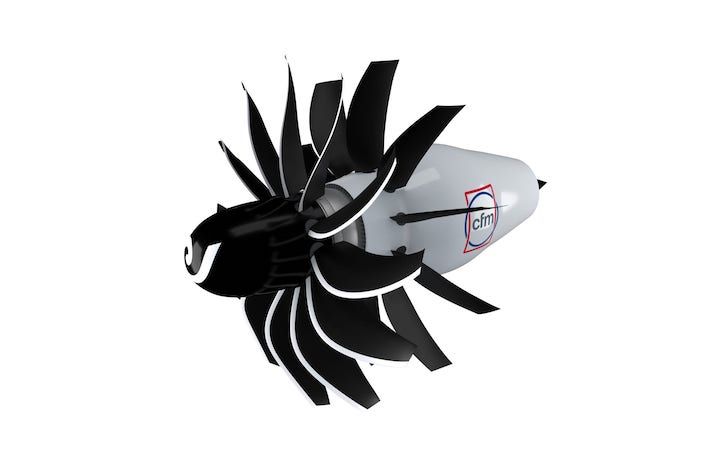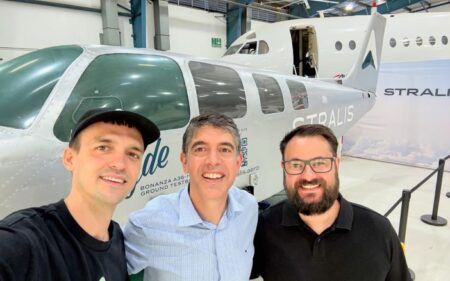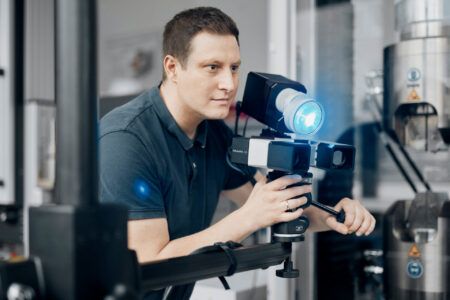A new project being led by GE Aerospace will model the integration of an open fan engine on an aircraft wing to
The project, which also involves Boeing, NASA, and Oak Ridge National Laboratory has been awarded 840,000 supercomputing hours through the USA’s INCITE program for computationally intensive projects.
GE Aerospace engineers have previously used exascale computing to model the performance and noise levels of open fan engine components. Open fan jet engines remove the traditional casing, allowing for a larger fan size with less drag to improve fuel efficiency.
During the next phase of simulation work, engineers will study the aerodynamics of an open fan mounted on an aircraft wing in simulated flight conditions to optimize the design for efficiency, noise and performance.
“Advanced supercomputing capability is a key breakthrough enabling the revolutionary open fan engine design. Airplane integration is critical,” said Arjan Hegeman, general manager for future of flight technology at GE Aerospace.
The team will have access to the Aurora supercomputer at Argonne National Laboratory, and to the Frontier supercomputer at Oak Ridge National Laboratory. Frontier and Aurora are the world’s second and third fastest supercomputers, both capable of crunching data at more than a quintillion calculations per second.
Open fan engines are being advanced through CFM International’s Revolutionary Innovation for Sustainable Engines (RISE) program. Revealed in 2021, the CFM RISE program is developing advanced engine architectures like open fan, compact core and hybrid electric systems compatible with SAF.
CFM RISE program is targeting more than 20% better fuel efficiency with 20% lower CO2 emissions compared to the most efficient commercial engines in service today.
“We aim to do something our company has never achieved before — introduce a new jet engine that is 20% more fuel efficient than our most advanced commercial engines today. This represents a jump in technology development that usually takes multiple generations to achieve. Supercomputing helps make it possible,” Hegeman said.





